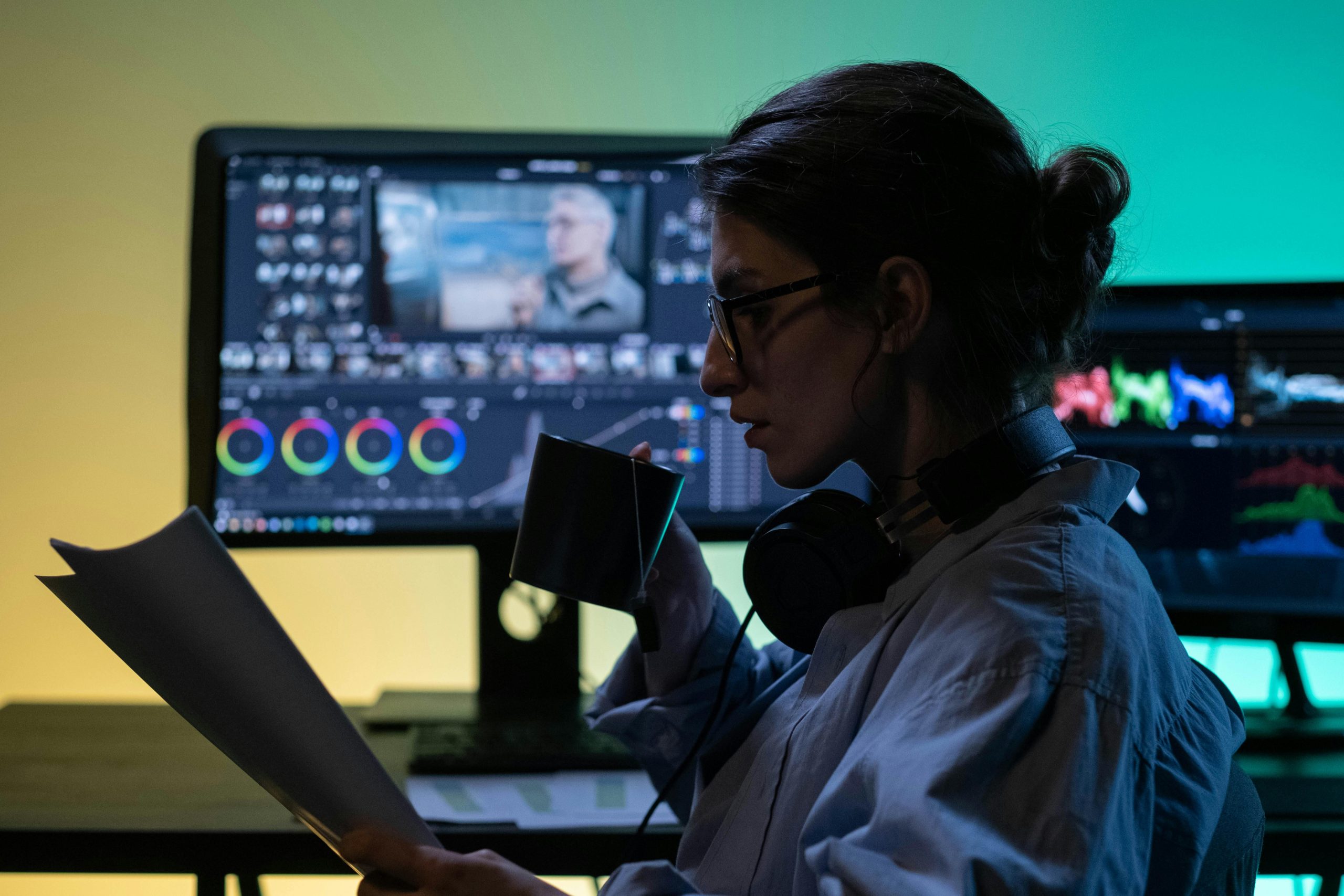Choosing the Ideal Audio Output for Your 2025 PC Build: A Comprehensive Guide
Building a new desktop computer is an exciting endeavor, especially as technology continues to evolve rapidly. If you’re assembling a PC in 2025 primarily for photo and video editing, selecting the appropriate audio output setup is a crucial step to ensure high-quality sound and system stability. This article explores current best practices and options available for audio output in modern PC builds.
Understanding Your Audio Options in 2025
Traditionally, PC builders had several choices for audio output, including dedicated sound cards, motherboard onboard audio, and external audio devices. As of 2025, these options have become more streamlined, with integrated solutions often providing sufficient performance for most applications.
1. Motherboard Onboard Audio
Most contemporary motherboards come equipped with high-quality integrated audio chipsets. These onboard solutions have significantly improved over the years, often supporting high-definition audio formats, multiple channels, and enhanced signal processing. For many users—including content creators—this onboard audio is more than adequate for editing, recording, and playback purposes.
Advantages:
– Cost-effective, eliminating the need for additional hardware
– Simplifies system design and minimizes cable clutter
– Sufficient for most professional and casual audio needs
Considerations:
– Quality varies depending on the motherboard brand and model
– May require additional software or tuning for optimal performance
2. GPU-Integrated Audio via HDMI/DisplayPort/USB-C
Another prevalent method involves utilizing the audio capabilities embedded within modern graphics cards or through USB-C connections. Many GPUs include audio outputs that can transmit sound over HDMI or DisplayPort, which is especially useful if you’re already using these ports for high-resolution displays.
Advantages:
– Convenient if your system already uses a GPU with integrated audio
– Eliminates the need for separate audio hardware in certain scenarios
Considerations:
– Potentially less flexible in setups requiring multidirectional audio routing
– Quality can vary depending on the GPU model
3. Dedicated External or Internal Sound Cards (Legacy and Niche)
While less common in new builds, dedicated sound cards remain an option for audiophiles or professionals seeking specific audio characteristics. Some still prefer PCIe sound cards for their signal quality, lower latency, or specialized features.
Advantages:
– High-quality audio output with advanced features
– Reduced electromagnetic interference from other components
Considerations:
– Additional cost and installation effort
– Modern onboard solutions often
Share this content:



